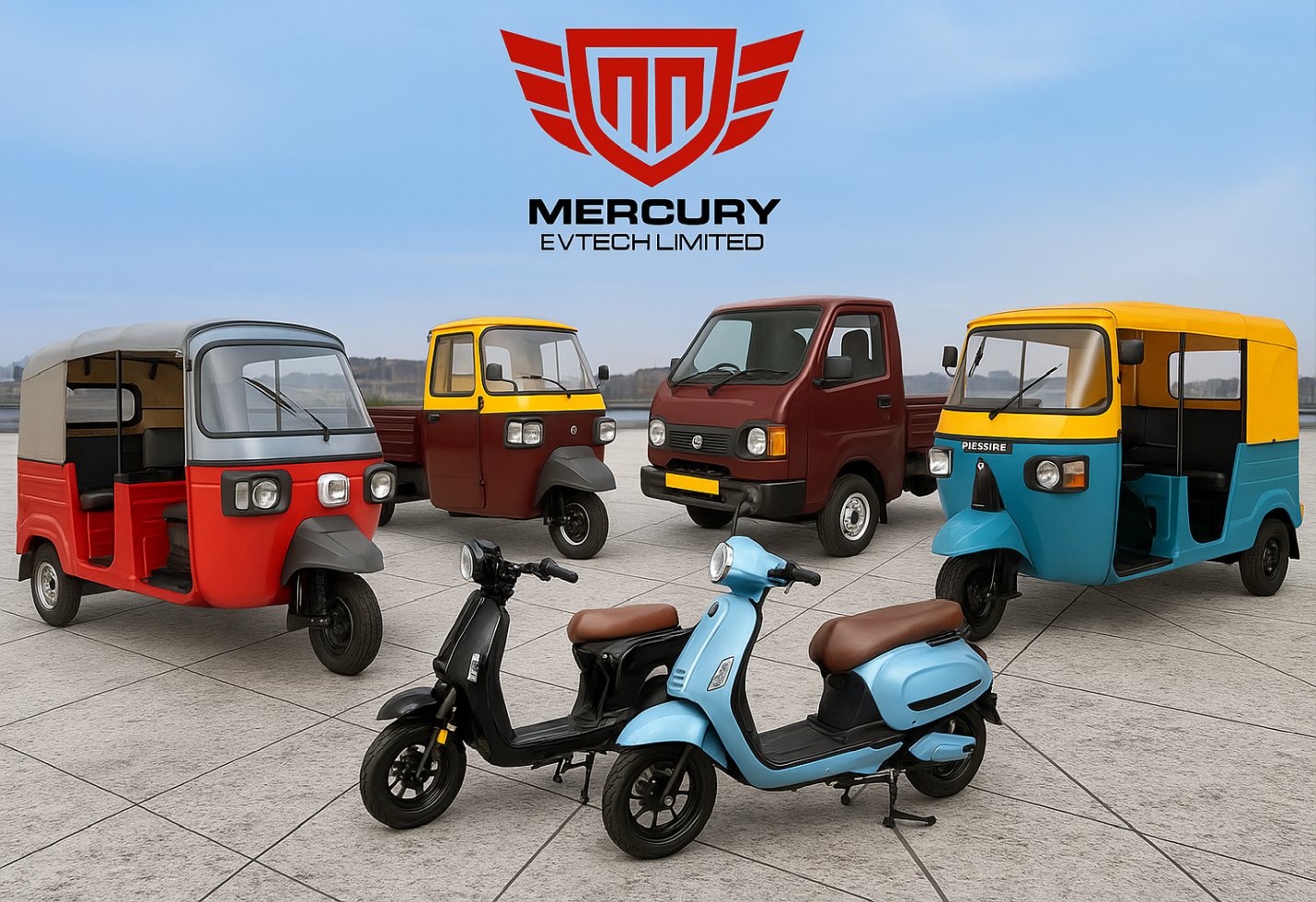Tata Motors Faces 9% Sales Dip in May 2025: What’s Behind the Decline?
Tata Motors experiences a 9% drop in total sales in May 2025, with passenger and commercial vehicle segments facing pressure from intensifying competition and evolving market trends.
Tata Motors Sees a 9% Year-over-Year Drop in May 2025 Vehicle Dispatches
In May 2025, Tata Motors recorded sales of 70,187 units, reflecting a 9% reduction from the 76,766 units sold during the same month the previous year. The decline spans both passenger vehicles (PVs) and commercial vehicles (CVs), reflecting ongoing challenges within India’s highly competitive automotive market.
Passenger Vehicle Segment Sees Noticeable Drop Despite EV Growth
The passenger vehicle division, including electric vehicles (EVs), experienced an 11% year-over-year decline, with sales totaling 42,040 units in May 2025 compared to 47,075 units in the same month last year. Out of the total passenger vehicle sales, 41,557 units were sold within the country, with a comparatively small portion of 483 units shipped overseas.
Although EV sales grew slightly by 2%, reaching 5,685 units, this marginal increase failed to counterbalance the overall downturn in passenger vehicles. Tata Motors, once a frontrunner in India’s EV sector, is now witnessing a shrinking footprint in the electric vehicle space. Its EV market share dropped significantly from 70% in fiscal year 2024 to 53% in fiscal year 2025. The decline was even more stark in April 2025, where EV market share fell to 36%, down from 61% a year earlier. This slump highlights intensifying competition as more players enter the EV market.
Increasing choices for consumers, including more affordable models from rivals and government incentives for EV adoption, have altered the competitive dynamics. Tata Motors now faces the challenge of innovating faster while managing pricing strategies to maintain its lead in a segment that is quickly evolving.
Commercial Vehicle Sales Decline Amid Mixed Segment Performances
In May, the commercial vehicle division of Tata Motors had a 5% decline in yearly sales, with 28,147 units sold. Domestic commercial vehicle sales were particularly hard-hit, falling by 9% to 25,872 units. Contrary to domestic patterns, the overseas market defied expectations, posting a remarkable 87% increase in sales, climbing to 2,275 units from 1,215 units the previous year.
Within the commercial vehicle segment, smaller vehicles and pickups experienced the steepest losses, plunging 20% to 9,064 units. Heavy commercial vehicles (HCVs) also saw a 10% dip, registering sales of 7,106 units.
On a brighter note, intermediate and light commercial vehicles (ILMCVs) recorded an 11% increase, reaching 4,954 units. Additionally, medium and heavy commercial vehicles (MH&ICVs), which include trucks and buses, maintained steady performance with 13,614 units sold, marginally up from 13,532 units in May 2024.
The international commercial vehicle sales growth underscores Tata Motors’ expanding global footprint and reflects demand in overseas markets where infrastructure development and industrial activities continue to rise. This diversification offers a buffer against domestic market fluctuations but also presents challenges such as adapting to different regulatory environments and logistics complexities.
Ongoing Downtrend Continues from April 2025
This sales report continues the declining pattern seen in April 2025, when Tata Motors experienced a 6.2% drop in overall sales. Over the past two months, the automaker has sold approximately 13,133 fewer vehicles than during the same period in the previous year, indicating sustained pressures from market conditions and heightened rivalry.
The downward trend signals a critical phase for Tata Motors, emphasizing the need for strategic agility. Consumer behavior is shifting rapidly, with preferences moving towards more fuel-efficient and electric vehicles. Additionally, global supply chain disruptions and inflationary pressures are impacting production costs and pricing strategies.
Final Thoughts
Tata Motors’ sales performance in May 2025 reveals ongoing hurdles in both passenger and commercial vehicle markets. While the company’s electric vehicle division showed modest growth, it has lost significant market share due to emerging competitors. The commercial vehicle segment also faced challenges, with domestic sales falling, although international sales provided some relief.
The data suggests Tata Motors is navigating a tough landscape characterized by evolving consumer preferences, increasing competition, and shifting dynamics in India’s automotive industry. To reverse these trends, Tata Motors may need to intensify innovation, strengthen marketing efforts, and expand its product offerings—especially in the fast-growing electric vehicle market.
Investing in advanced technologies, improving after-sales service, and tailoring products to regional demands could be vital strategies for the automaker. As the industry moves toward sustainability and digitization, Tata Motors’ ability to adapt quickly will be crucial for maintaining its position in India’s automotive sector.
The image added is for representation purposes only





